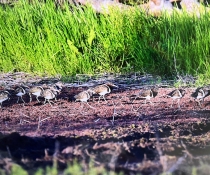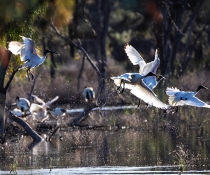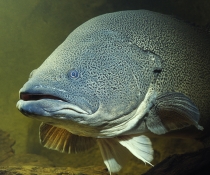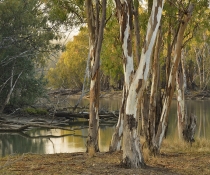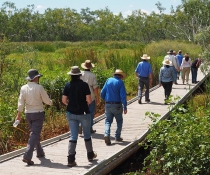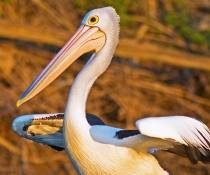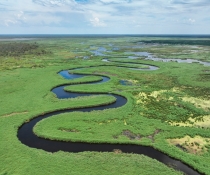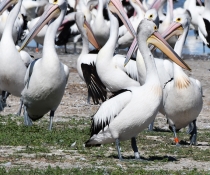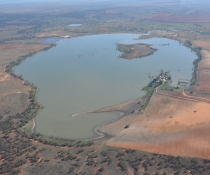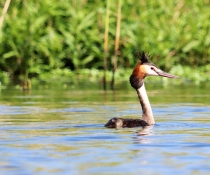Boost for habitat in southern NSW forest wetlands
The wetland forests of southern NSW are a sight to behold. Recent rainfall and higher river flows have provided a much-needed drink for these Ramsar-listed areas.
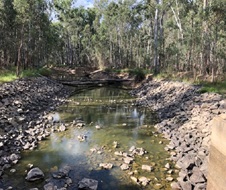
The variety of plant life now on show is impressive – from reeds, rushes and water ribbons to hopbush, ferns and dwarf cherries. The range defies the common belief that river red gum forests are made up of just one plant.
Seeds that were dormant in the soil have burst into life. The canopy of ancient river red gums has had a flush of new growth and wildlife are following the flow as they search for food in forest creeks and wetlands.
At dusk and dawn, the chorus of frogs is deafening and the sound of birdsong in the air is a reminder of just how precious and important these rivers and wetlands are to a long list of local wildlife.
Paul Childs, senior water manager with the Department of Planning and Environment, said core wetland sites and creeks within the Ramsar listed forests were supported year to year with water for the environment.
‘Environmental flows can only reach about 14 per cent of the Millewa forest wetlands,’ he said.
‘Our work sustains core sites between bigger natural flows that can achieve wider spread outcomes like the magnificent growth you see at the moment.
‘Water for the environment provides opportunities for plants to grow and set seed while local wildlife make use of the available habitat to feed, breed and grow.
‘When larger natural events come through, the system can bounce back much faster and take advantage of conditions as they occur.
‘The forests and wetlands have been under significant pressure in recent years.
‘Environmental water can’t reach all of the places natural flows used to on a far more regular basis.
‘Seeing the forest and wetlands spring back in response to the recent rainfall and river flows is fantastic,’ he said.
Take a drive through the Millewa forest and you can see for yourself the flourishing wetlands, the flush of green, the abundance of wildlife and the diversity of native plants.

